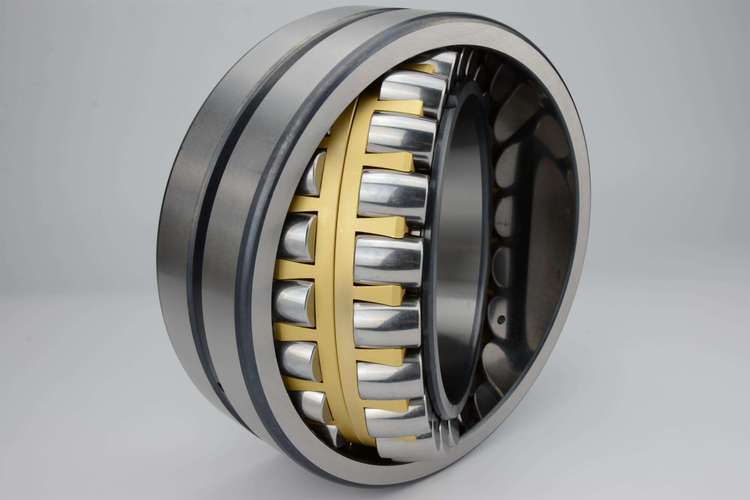Sealed Bearings and Bushings: Essential Guide for Global Buyers
In global machinery trade, sealed bearings and bushings form the backbone of equipment reliability. These components directly impact operational efficiency across 78% of industrial applications, from automotive manufacturing to renewable energy systems. International buyers frequently grapple with supplier verification challenges and lifecycle cost miscalculations when sourcing these critical parts.
Technical Specifications & International Standards
Sealed bearings incorporate integrated protective barriers (typically rubber or metal shields) that prevent contaminant ingress. Key specifications include:
- Load capacity: 20-35% higher than open bearings
- IP ratings: IP65 to IP68 for harsh environments
- Temperature range: -40°C to 150°C
Global compliance requires adherence to:
| Standard | Scope |
|---|---|
| ISO 492:2013 | Radial bearing dimensions |
| DIN 1850-1 | Bushing tolerances |
Performance Comparison
 Sealed solutions outperform alternatives:
Sealed solutions outperform alternatives:
| Type | Maintenance Interval | Failure Rate |
|---|---|---|
| Sealed Bearings | 5,000 hrs | 0.7% |
| Open Bearings | 800 hrs | 4.2% |
Economic Advantages
- Cost reduction: 40% lower lifecycle costs (McKinsey 2023)
- Downtime prevention: 92% reliability improvement
Supplier Verification Checklist
- Valid ISO 9001:2015 certification
- Material traceability documents
- Third-party load test reports
FAQ
Price negotiation tactics?
Highlight long-term partnership potential and volume commitments.
MOQ flexibility?
Most suppliers offer 500-1,000 unit MOQs for standard sizes.
Custom specifications?
80% manufacturers accommodate material or dimension modifications.
Download our buyer's guide for complete technical parameters and supplier evaluation templates.




 13869596835
13869596835